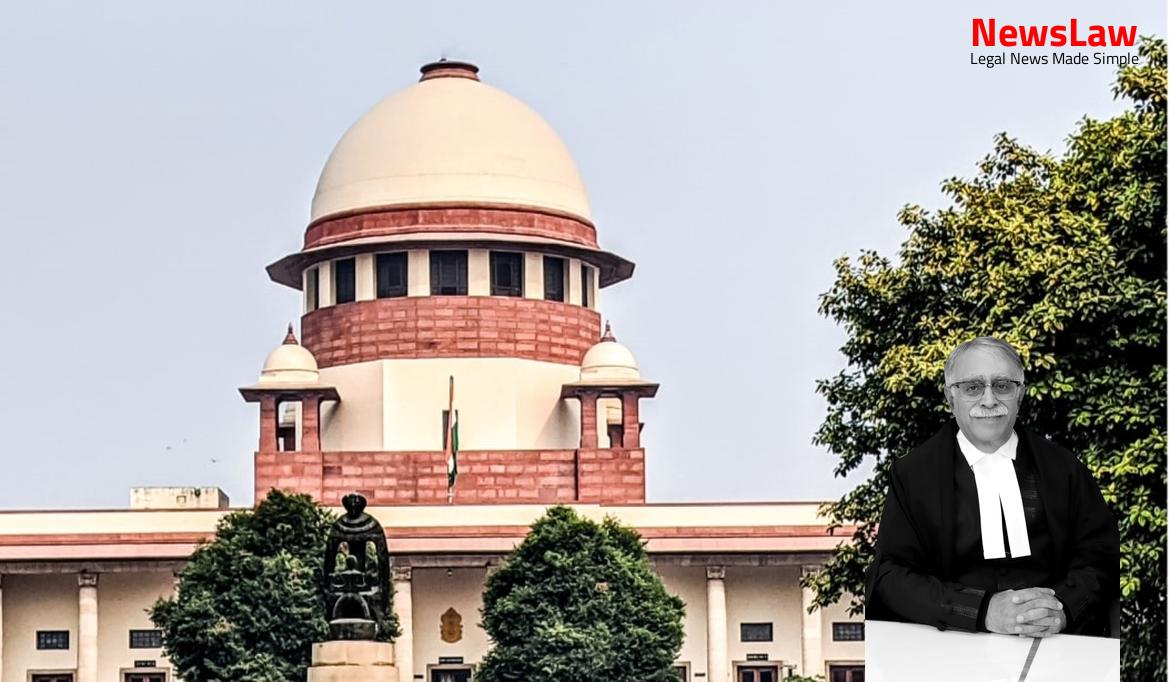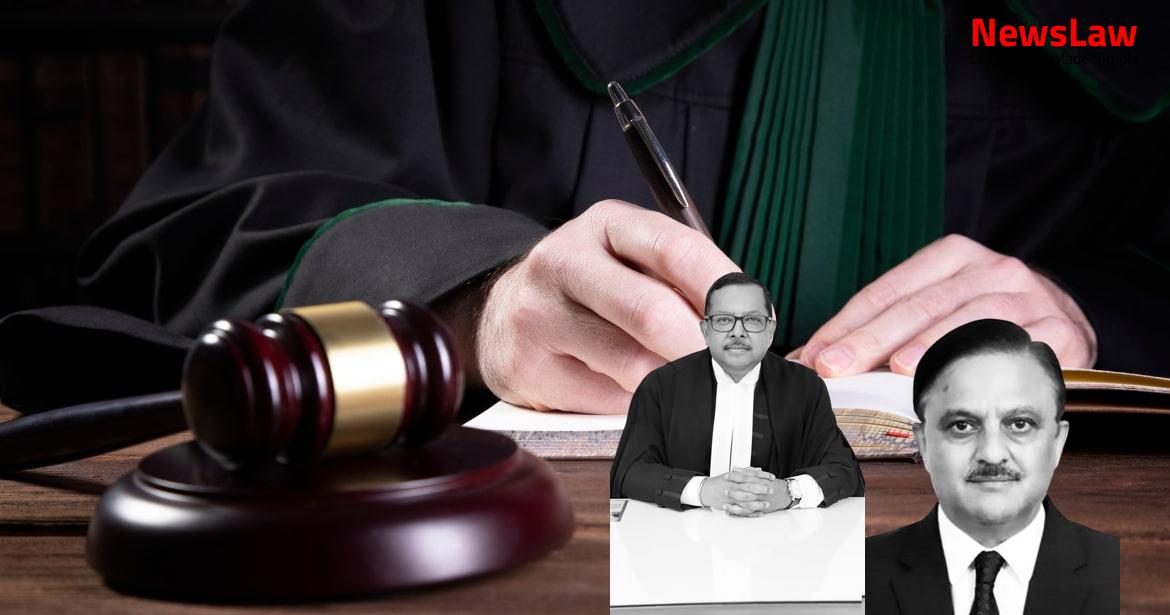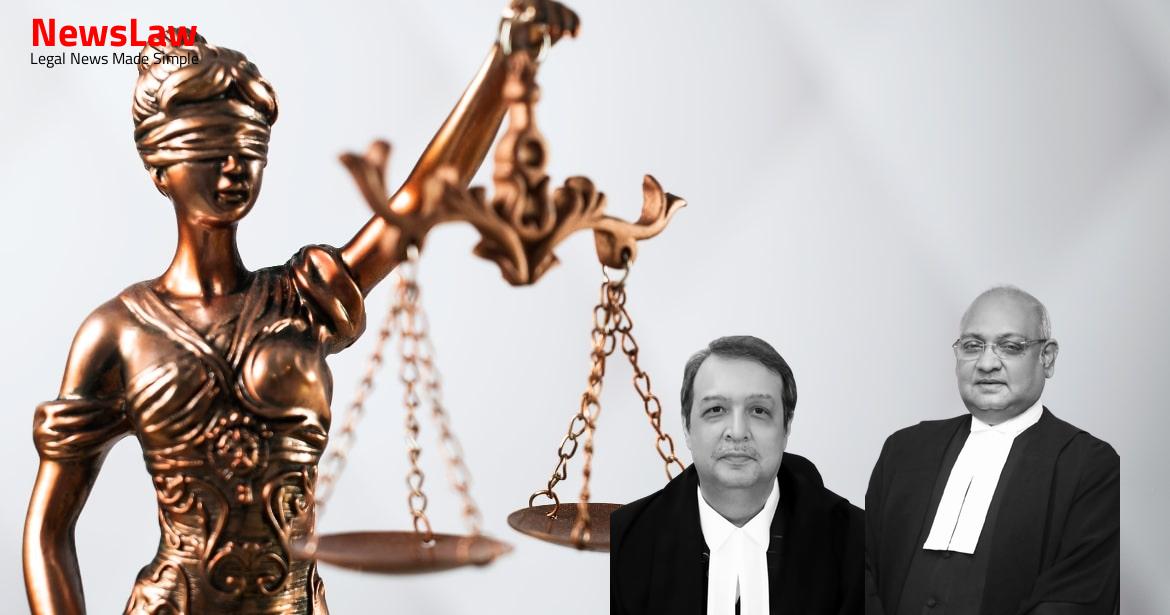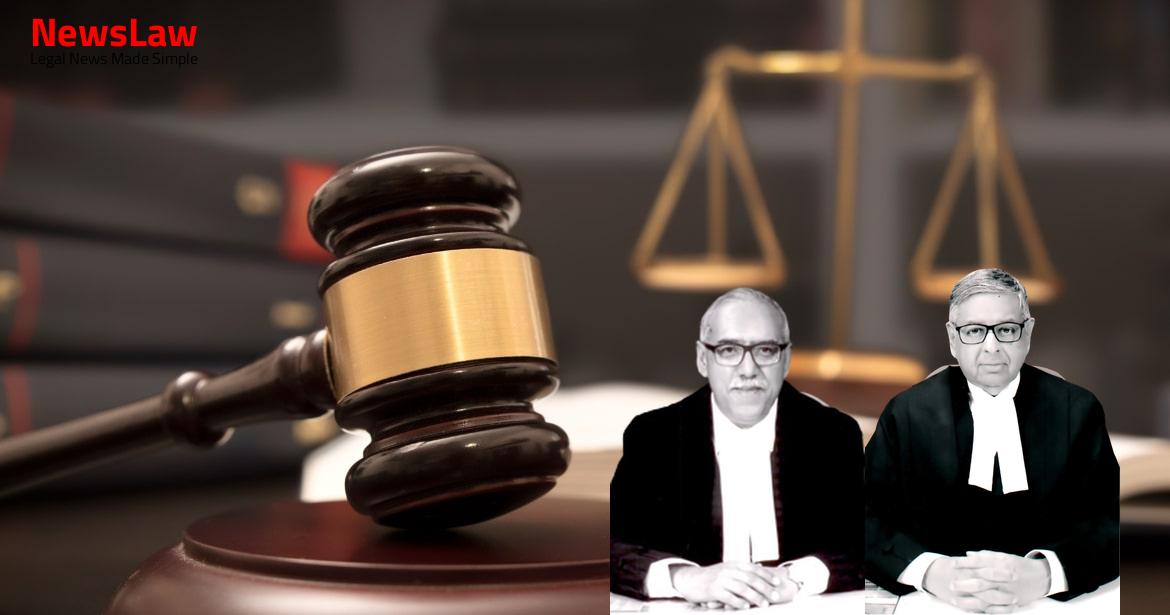However, in relation to an offence under Section 120-B of the Indian Penal Code, 1860 he stands acquitted vide impugned judgement delivered by High Court dated 15.03.2010 in 2 Criminal Appeal No 17, 22 and 24 of 2010 titled as Udayakumar & Ors.
Also Read: https://newslaw.in/supreme-court/differences-between-parties-and-witnesses-in-a-civil-suit/
On 22.10.2008, at about 8:30PM, A-2 killed the victim with a sickle by giving blows 3 on the side of the neck.
Significantly, the High Court, by disbelieving the testimonies of the prosecution witnesses, repelling the case of conspiracy, acquitted A-1 and A-3 on all counts and only on the basis of identification of A-2 by PW-1, upheld the conviction and sentence with respect to the offence punishable under Section 302 of the Indian Penal Code.
We may reiterate that other than the identification of A-2 being the assailant as witnessed by PW-1, there is no material on record, be it of whatsoever nature, linking the Appellant to the crime.
It is only when the courts find that the single eyewitness is a wholly unreliable witness that his testimony is discarded in toto and no amount of corroboration can cure that defect…”
Also Read: https://newslaw.in/supreme-court/high-courts-analysis-on-interference-with-arbitral-awards/
Examining the testimony of PW-1, we find him to be materially contradicted and his version belied through the testimony of the Investigation Officer, (PW-23). Now, if the identity of the accused was already in the knowledge of the police or the witnesses, then we only wonder, where would the question of conducting the identification parade arise?
So the officer conducting the test identification parade should ensure that the said object of the parade is achieved. …
But, the question arises : what value could be attached to the evidence of identity of accused by the witnesses in the Court when the accused were possibly shown to the witnesses before the identification parade in the police station. We may also record that in the impugned judgment running into 21 pages, the High Court has extensively dealt with the theory of conspiracy and guilt of A-1 and A-3 and only in the penultimate part, that is, paragraphs 26 and 27, casually, dealt with the guilt of the A-3.
Also Read: https://newslaw.in/supreme-court/promotion-policy-for-rank-of-avm-in-indian-air-force/
State of Andhra Pradesh, (1970) 3 SCC 474, Balak Ram v. (B.R. Gavai)………………..J.
Case Title: UDAYAKUMAR Vs. THE STATE OF TAMIL NADU (2023 INSC 239)
Case Number: Crl.A. No.-001741-001741 / 2010



